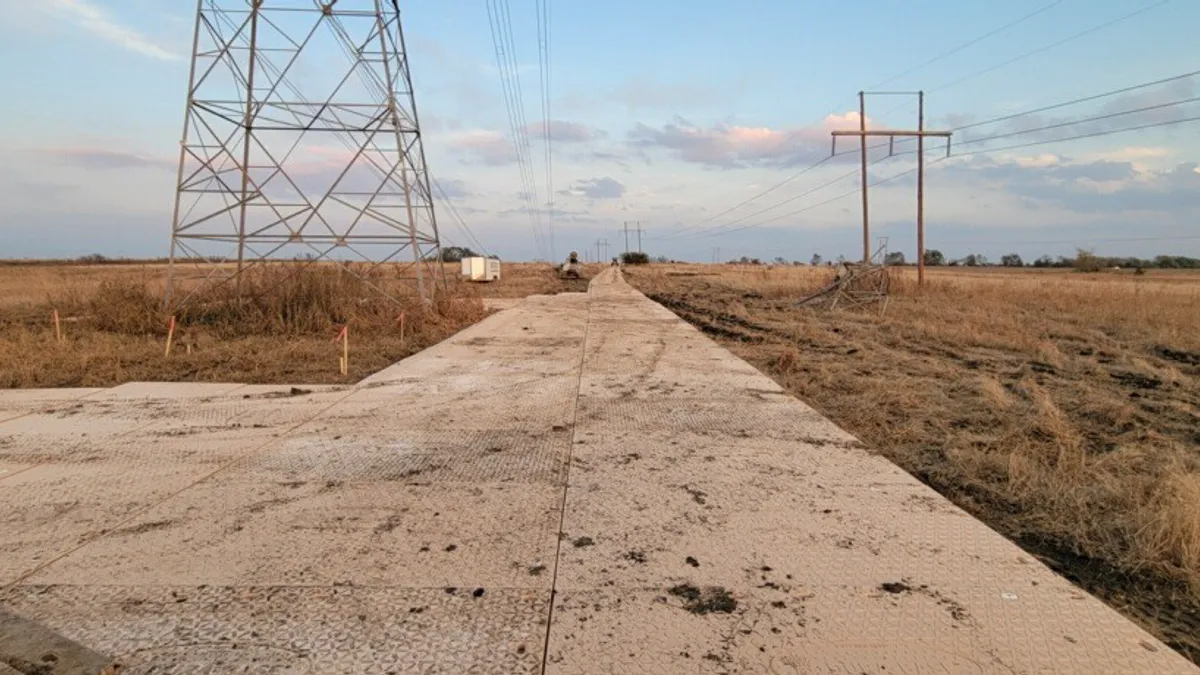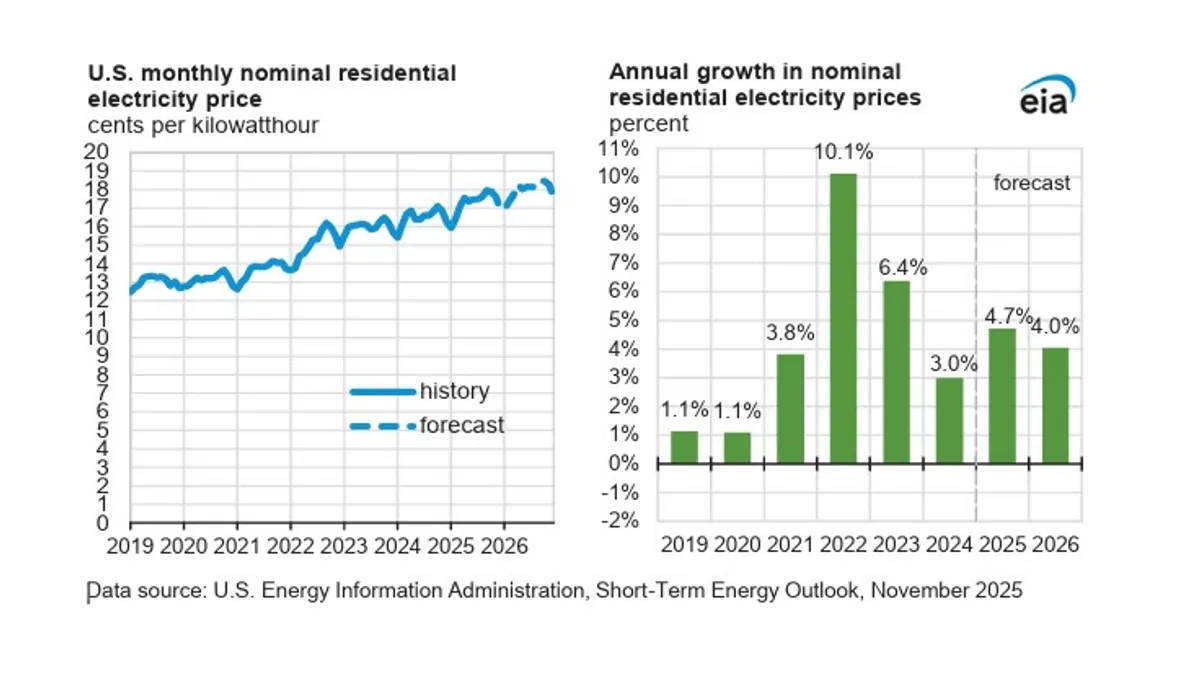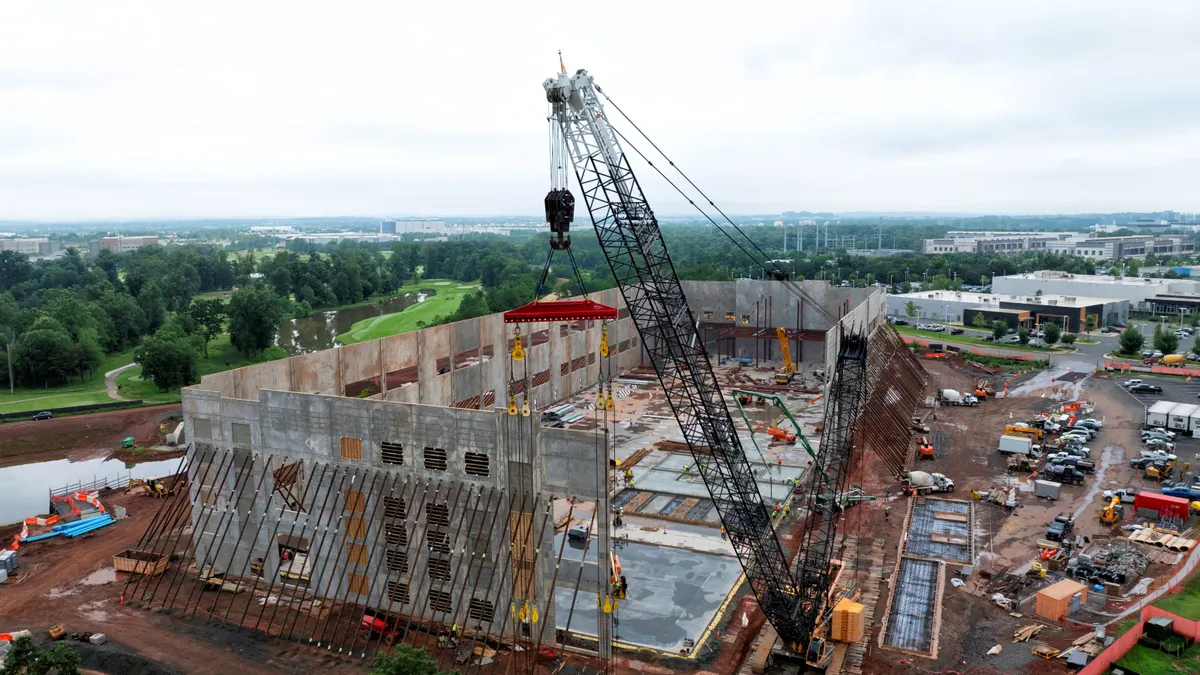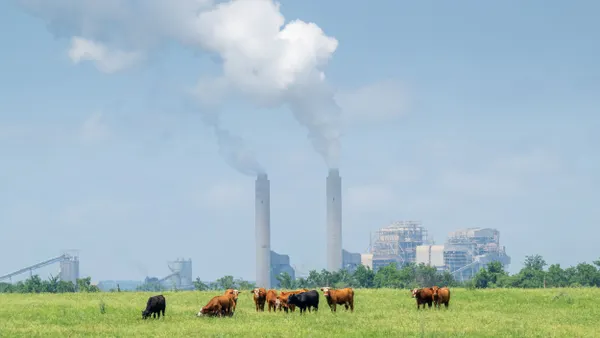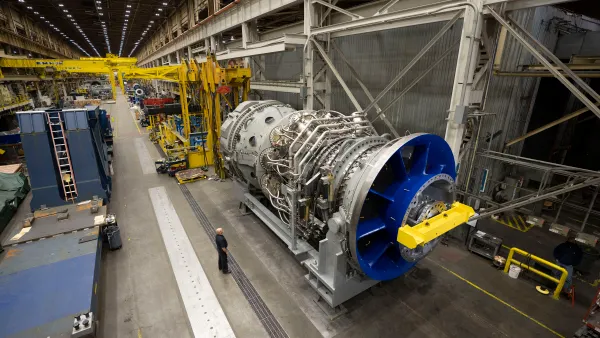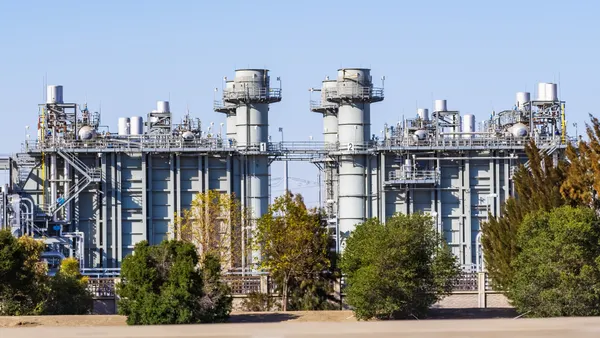Intense flooding in the Northeast, extreme heat waves in the Southwest — across the U.S., we’re seeing an increase in weather-related disasters that cause damage to electricity grids. A recent study found that between the years 2000 and 2021, 83% of power outages were related to weather events. In 2021 alone, the number of weather-related outages was 88% higher than the long-term average.
In these changing conditions, utilities must be well prepared for disaster recovery efforts. When storms, floods or other disasters strike, utilities need to quickly and safely deploy repair crews to rebuild grid infrastructure and get power up and running again to cities and communities.
One key solution is right under their feet — the matting that stabilizes working conditions so crews and vehicles can provide crucial repair services. In disaster-recovery situations where conditions are challenging and often dangerous, composite matting provides distinct advantages over wood and other matting options.
“Utilities may not be familiar with composite mats if they’re accustomed to wood mats, but throughout Texas, the Southeast and beyond, composites have supported safer and faster recovery efforts,” says Shane Forse, Regional Operations Manager for the South Region with Newpark, a leading provider of sustainable technologies and services for energy infrastructure.
Safety and speed are two of composite’s most important benefits in emergency settings:
1. Safety in disaster-impacted areas
When utility lines are down, especially in damaged areas, safety is of the utmost importance. Mats made of composite materials, such as high-density polyethylene (HDPE), provide stability and reliability even in challenging conditions. They won’t rot or degrade in areas of standing water or saturated ground.
Certain composite mats, such as Dura-Base mats from Newpark, include traction features that prevent slippage and falls. “If it’s muddy or wet where you’re working, that’s going to make wood matting very slick,” says Forse. “Either foot traffic or vehicle traffic will have better traction on the composite surface.”
Composite mats can also conform to landscapes and lock together to ensure a stable surface. Unlike rigid wood mats, composites match natural contours on the ground and adhere to the land better than wood. By interlocking, they stay connected without nails or fasteners, and they won’t slip or come apart in flooded conditions.
2. Fast deployment in an emergency
Every second counts in disaster-recovery scenarios. Since they interlock without fasteners, composite mats are quicker and easier to deploy and use to build out a stable work surface. These mats also weigh less than wood mats and can be transported and moved faster. In fact, more composite mats fit onto one truck compared to wood mats thanks to their lighter weight.
This facilitates the deployment of more mats at a disaster site with fewer trucks, and their ease of handling makes composites simpler to unload and move into place. “They’re faster and easier to move through rights-of-way,” Forse says. “At Newpark, we’ve deployed 5,000 mats in five days, which is a huge boost to recovery crews that need to move quickly,” he adds.
3. Light footprint to facilitate disaster recovery
Landscapes and property in storm-affected areas are already under pressure. The lighter weight of composite mats means less soil compaction than wood mats, preventing further damage to impacted sites. Composite mats have extremely high compressive strength — up to 600 psi for certain materials — yet they won’t compact landscapes or agricultural fields.
And since they’re non-permeable and non-absorbent, composite mats prevent cross-contamination in disaster-impacted settings. They don’t transfer chemicals or organisms, so landscapes and the employees working on them are better protected. “You could lay a composite mat down, pick it back up and within a couple weeks it’s as if nothing had been there,” Forse says.
All these features drive the overall sustainability of composite mats — from lower emissions with fewer trucks delivering mats, to less damage to landscapes to their inherent reusability. “These mats can last up to 15 years,” says Cher Tan, Senior Director of Marketing Services for Newpark. “They’re recyclable and reduce your carbon footprint overall.”
Improved recovery operations, greater sustainability
Thanks to these sustainability capabilities plus their safety features, composite mats can be a vital tool for utilities as they address increasingly frequent weather-related disasters and outages.
With the right partner who can deploy mats quickly, safely and at any location around the country, utilities can be better prepared in uncertain conditions to stabilize their grids and provide the power supplies their customers need.
Contact Newpark to learn more about composite matting solutions in your region.

